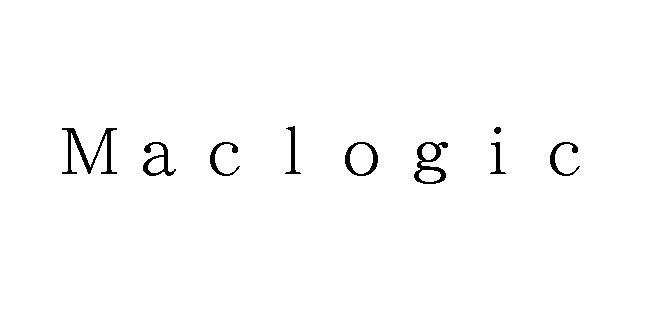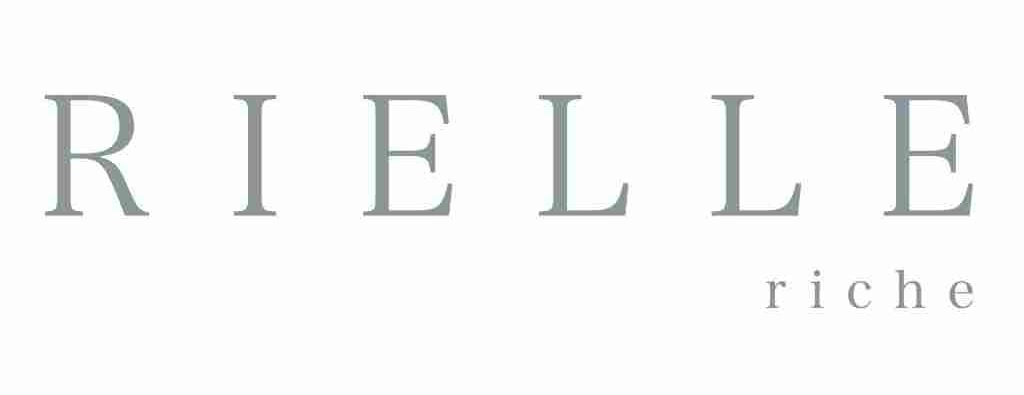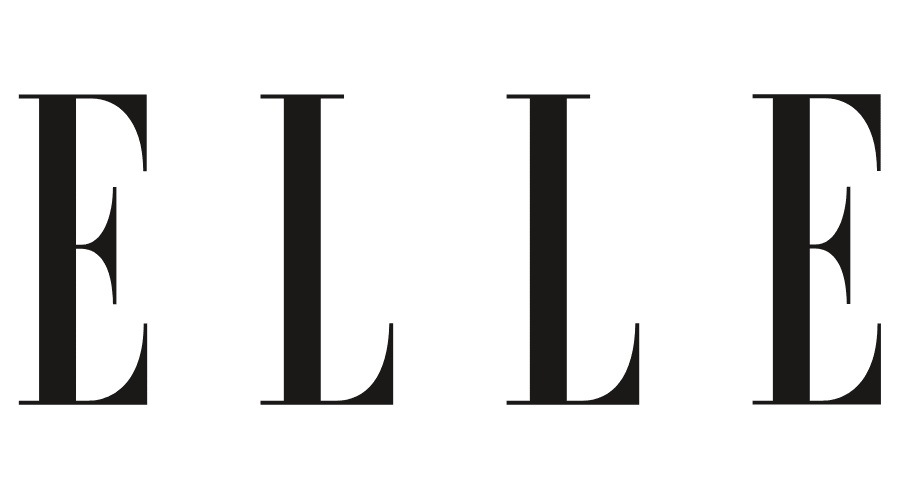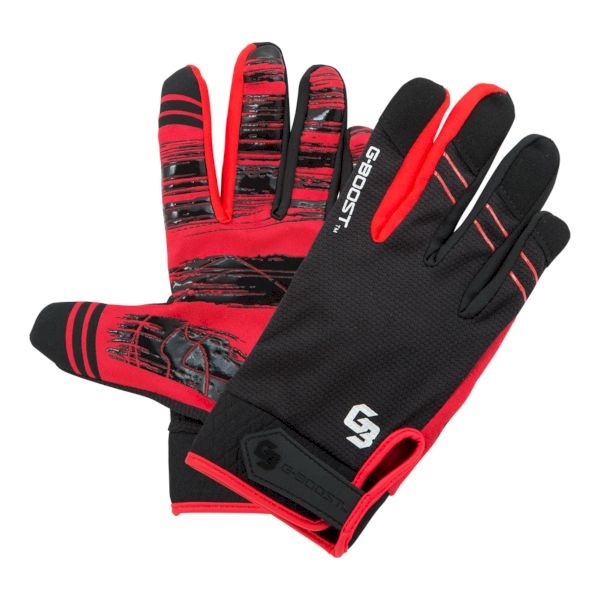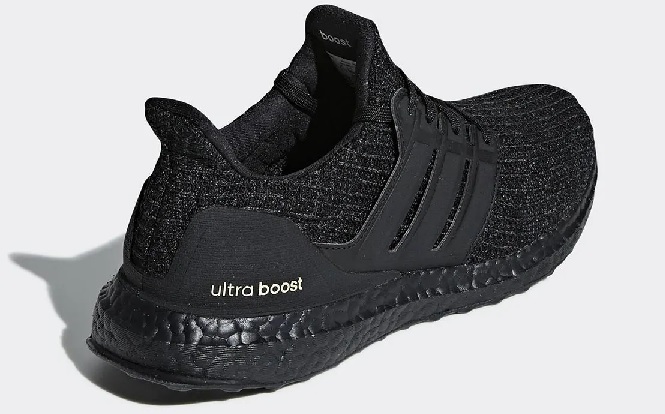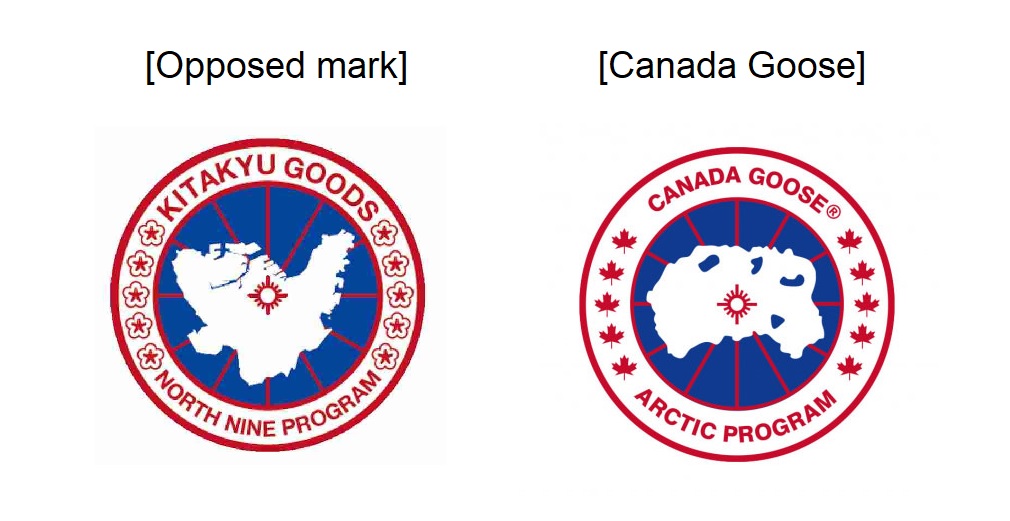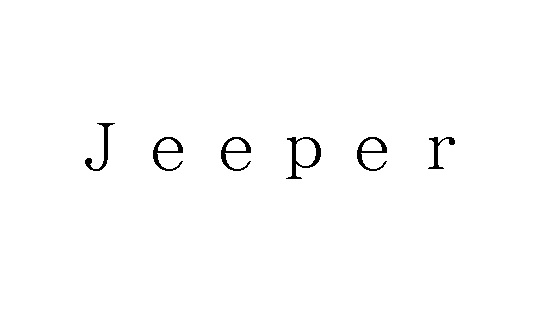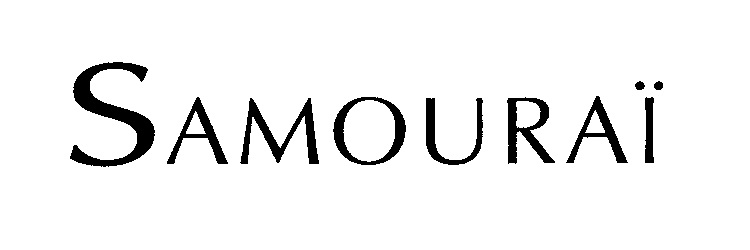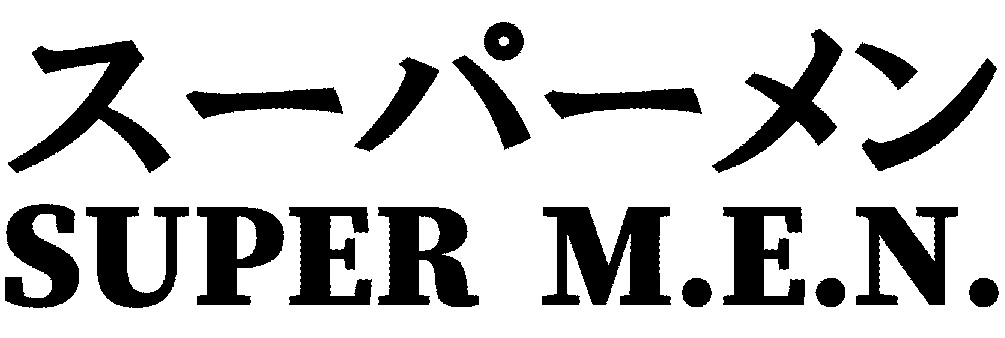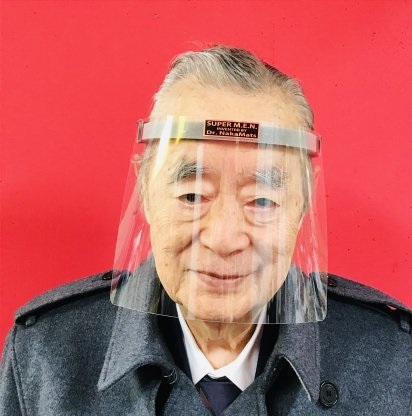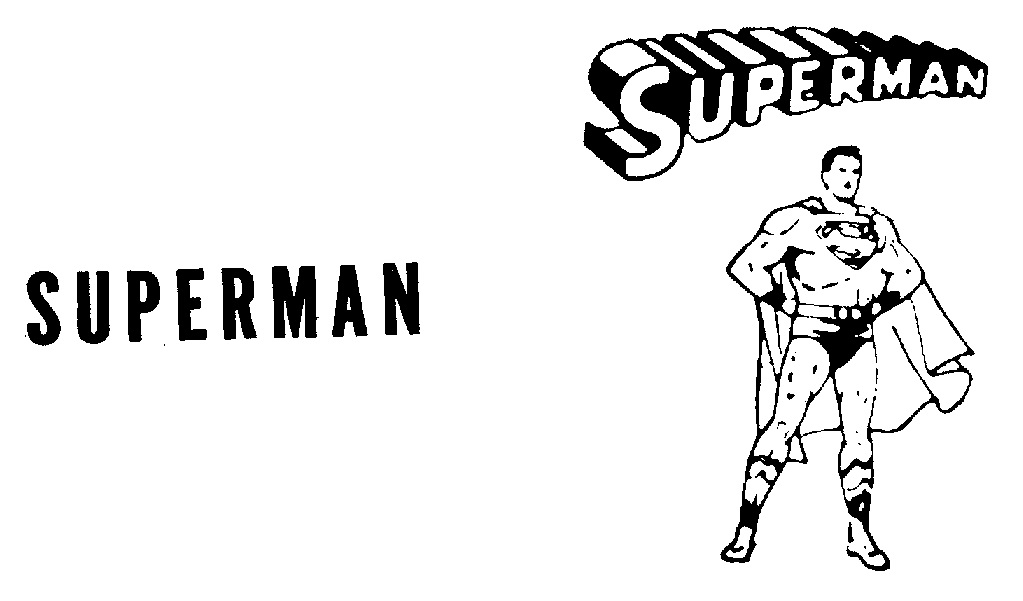In a recent decision, the JPO Appeal Board found TM Application no. 2021-5278 for the stylized “river” mark is dissimilar to earlier TM Reg no. 5704488 for the mark “RIVER” with design irrespective of designating the same consulting service in class 35.
[Appeal case no. 2021-17274, decision date: June 22, 2022]
TM Application 2021-5278
The dispute mark consists of the stylized word “river” depicted with the figurative element (see below right). The mark was filed in the name of Cultive, Inc for use in advertising and publicity services, business management analysis, or business consultancy service in class 35 on January 19, 2021.
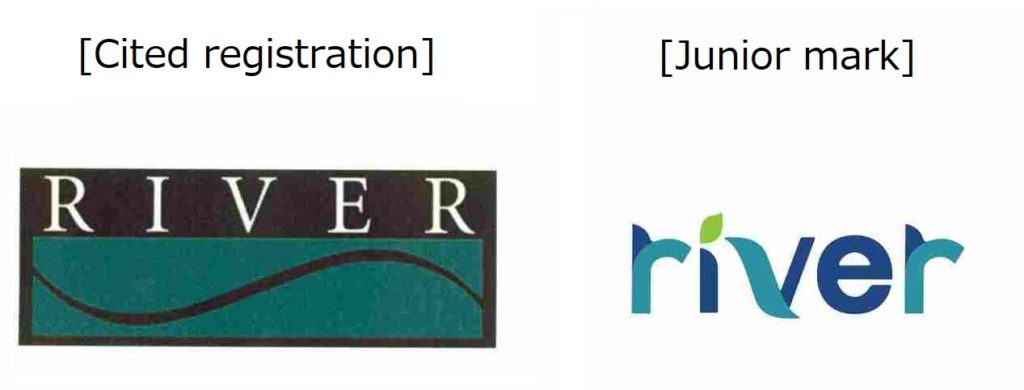
The JPO examiner rejected the mark due to a conflict with earlier TM Reg no. 5704488 for the mark “RIVER” with a design (see above left) based on Article 4(1)(x) of the Japan Trademark Law.
Article 4(1)(xi) is a provision to refrain from registering a junior mark that is deemed identical with, or similar to, an earlier registered mark.
The applicant filed an appeal on December 15, 2021, and argued dissimilarity of the mark.
JPO decision
Astonishingly, the JPO Appeal Board found “By virtue of figurative elements, the disputed mark as a whole gives rise to an impression of distinctive and unified design that evokes the image of flowing water and green leaves. Furthermore, the color composition also gives the impression that the mark is designed to evoke the image of flowing water and green leaves. If so, even though the mark may give rise to a sound and meaning of “river”, it is reasonable to believe that the source of the services is identified based on the impression created by the distinctive appearance of the mark rather than its sound and concept in the course of transactions.”
Likewise, the Board found “being that the literal portion “RIVER” would not be deemed a prominent portion of the cited mark, even if the cited mark can give rise to a sound and meaning of “RIVER”, it is reasonable to consider that relevant consumers distinguish the source of the services bearing the cited mark by means of overall impression, rather than it’s sound and concept.”
Based on the above findings, the Board concluded “it is obvious that there is a remarkable difference in the appearance of both marks. Even if the disputed mark and the cited mark are both pronounced “RIVER” and mean “river”, the similarity in sound and concept shall not outweigh the distinctiveness caused by a remarkable difference in appearance. Therefore, the disputed mark is unlikely to cause confusion and dissimilar to the cited mark.”
Consequently, the Board decided to disaffirm the examiner’s rejection and grant protection of the disputed mark.

